10 robots that are changing the world
From autism aids to next-gen newsreaders
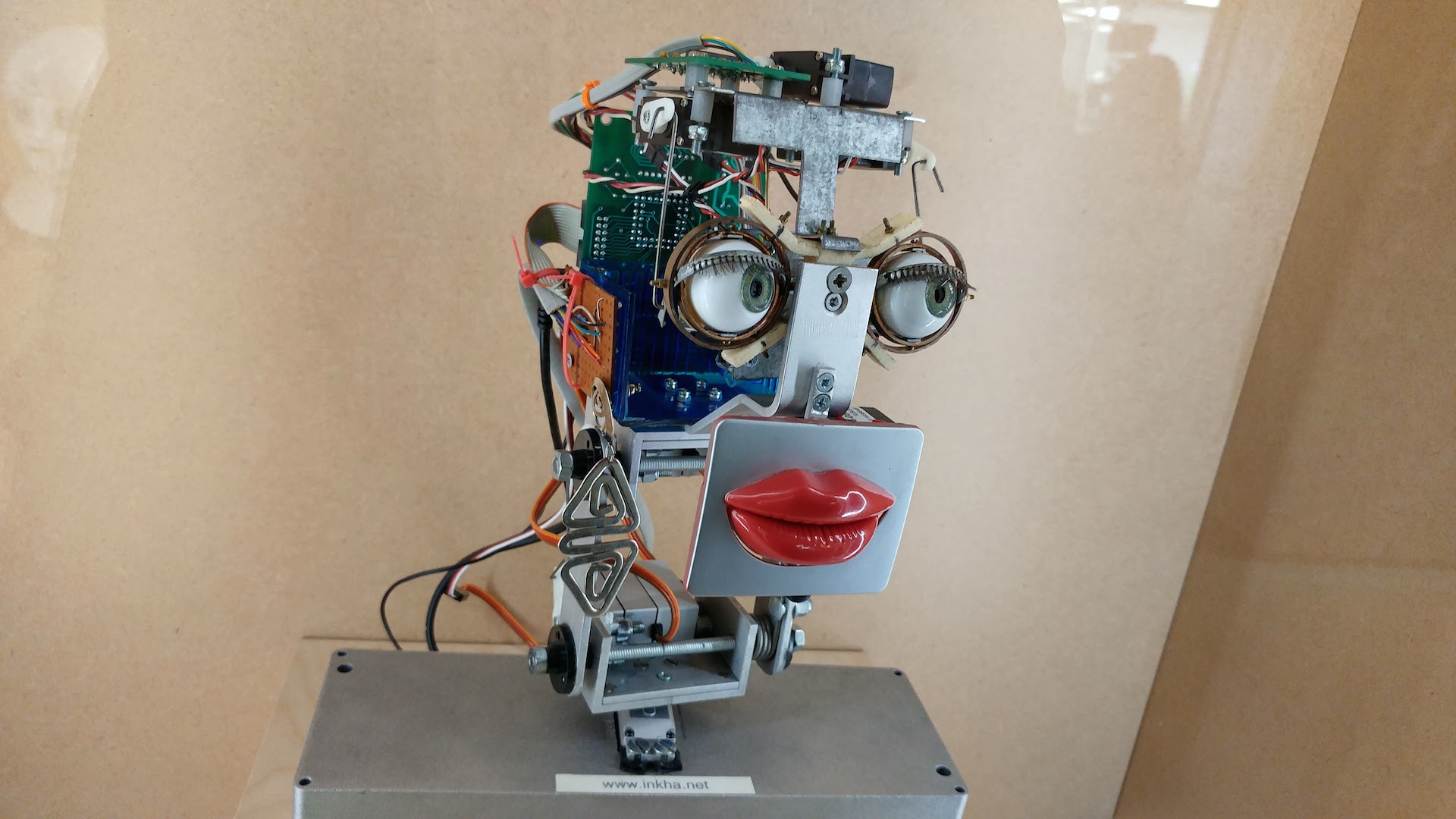
Inkha
Whether they’re taking our jobs, acting as our own personal butlers or planning mankind’s ultimate robopocalypse downfall, we’ve been obsessed robots for centuries. From clockwork automatons to cutting edge androids, we’ve been trekking the Uncanny Valley for around 500 years now.
It’s a journey that’s excellently explored in the new Robots exhibit at London’s Science Museum. It’s a fascinating look at an increasingly-automated world, one that promises personal convenience and a precision workforce the likes of which has never been seen before, while simultaneously questioning the very nature of our existence.
As showcased at the exhibit, here’s a look at ten groundbreaking robots that are set to alter the way we live, work and love. Pop on some Kraftwerk and take a glimpse at your future mechanized mates, as we kick off with...
Inkha (pictured above)
- Robotic receptionist
- Matthew Walker, 2002
Built by Matthew Walker in 2002, Inkha is a reactive robotic receptionist which would engage visitors of King’s College London, responding to questions offered up through a connected touchscreen. A proof of concept that there’s potential to automate even public-facing roles, Walker even instilled a spot of personality into Inkha, using its camera to help it dish out fashion advice, and act bored whilst waiting for someone to interact with it. Just like a real receptionist, then!
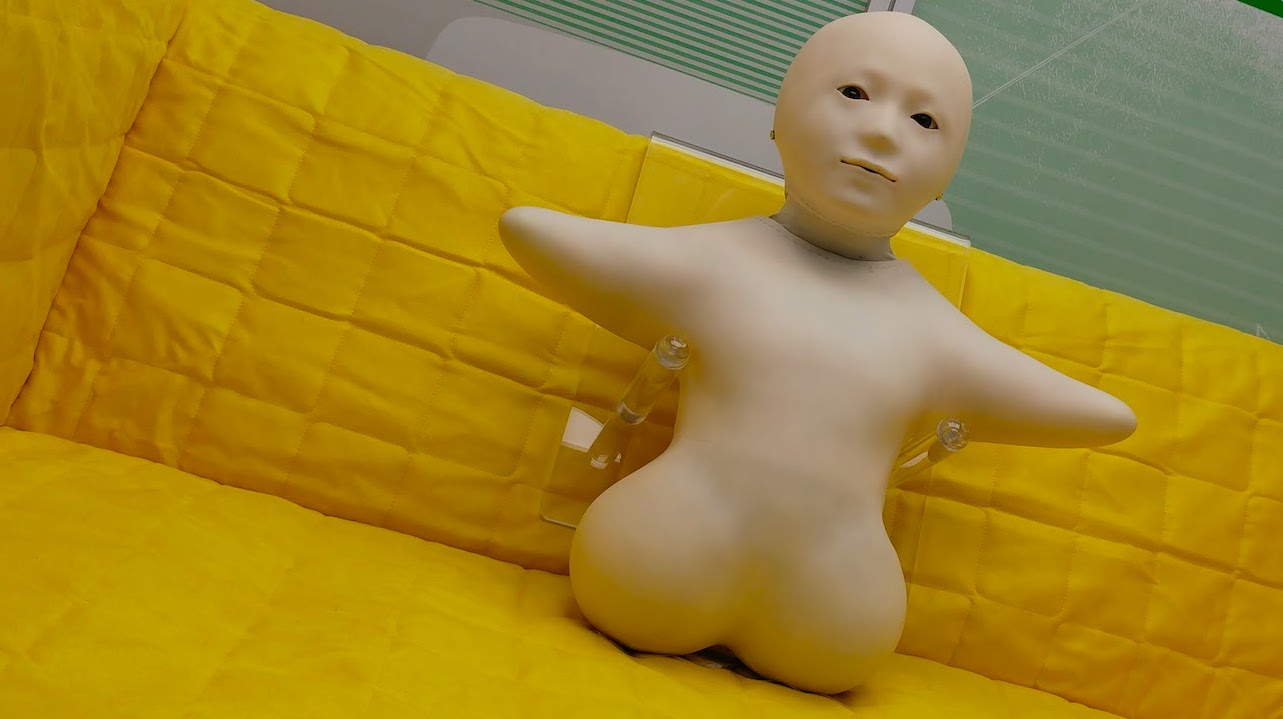
Telenoid
- Communication android
- Osaka University and ATR Laboratories, Japan, 2013
It may look like the dead-eyed, genuinely creepy cousin of Casper the (Perhaps Not So) Friendly Ghost, but Telenoid was created with a very sweet intention in mind. Telenoid is intended as a physical stand-in for a person on the other end of a telephone conversation. A caller’s voice and movements are recorded at one end, before being transmitted to and mimicked by Telenoid at the other. The idea is to deliver a more complete remote communication experience – even if the reality may be a step too deep into the Uncanny Valley for our liking.
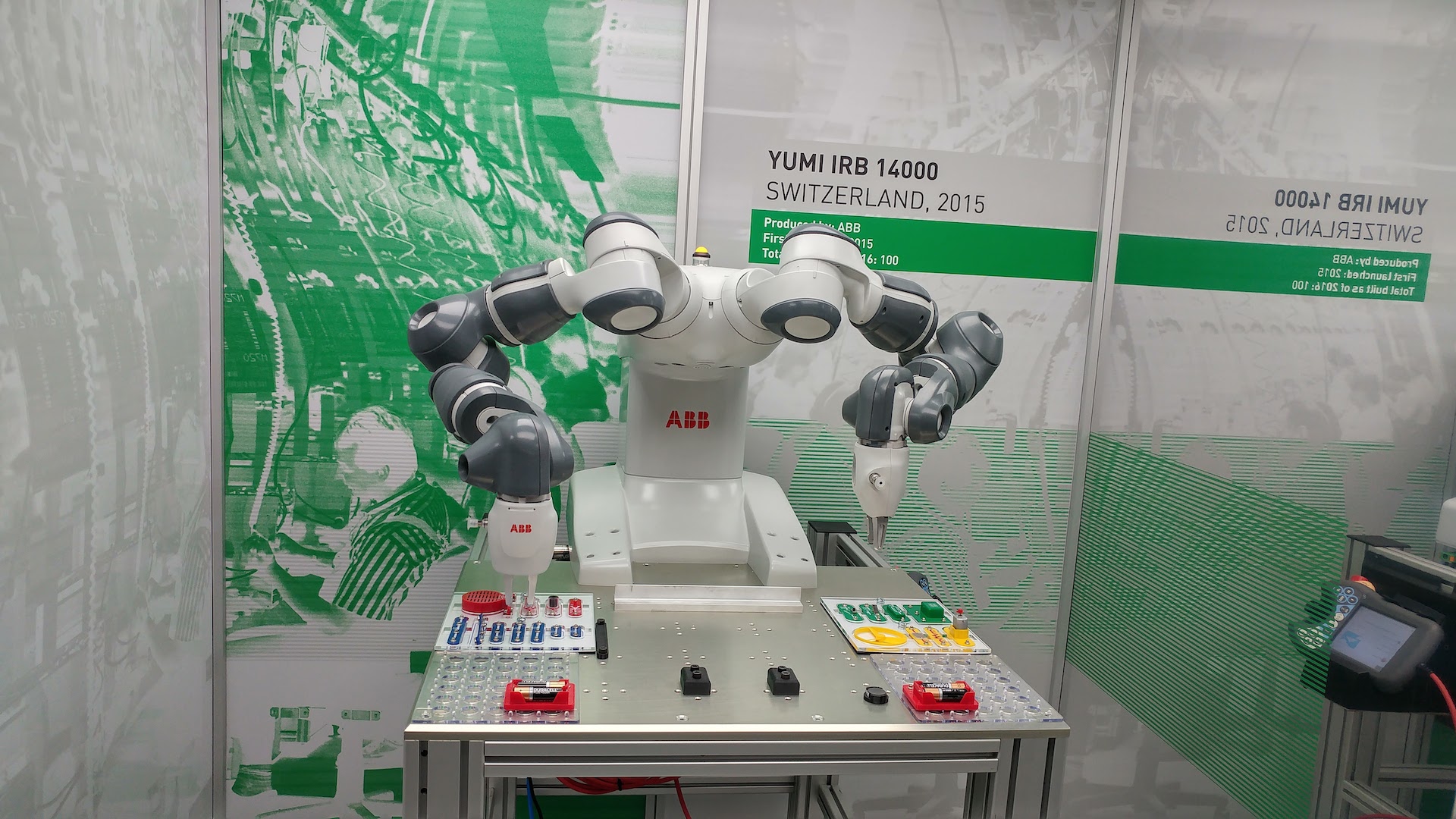
YuMi
- Dual-arm collaborative robot
- ABB Robotics, Switzerland, 2015
When we talk of the automation of work forces and potential human job losses as a result, you probably picture something a little like YuMi in your mind. Though it’s lacking an identifiably “human” head, its arms are clearly modeled on those of a person. However, YuMi’s limbs come with extra points of articulation and, paired with its incredible dexterity and accuracy, it’s clear to see why it’d be so useful on a production line. Assembling small devices, it’s certified as safe to work alongside humans thanks to its relatively small size – though it may be a little less keen than your other workmates when it comes to a post-work beer.
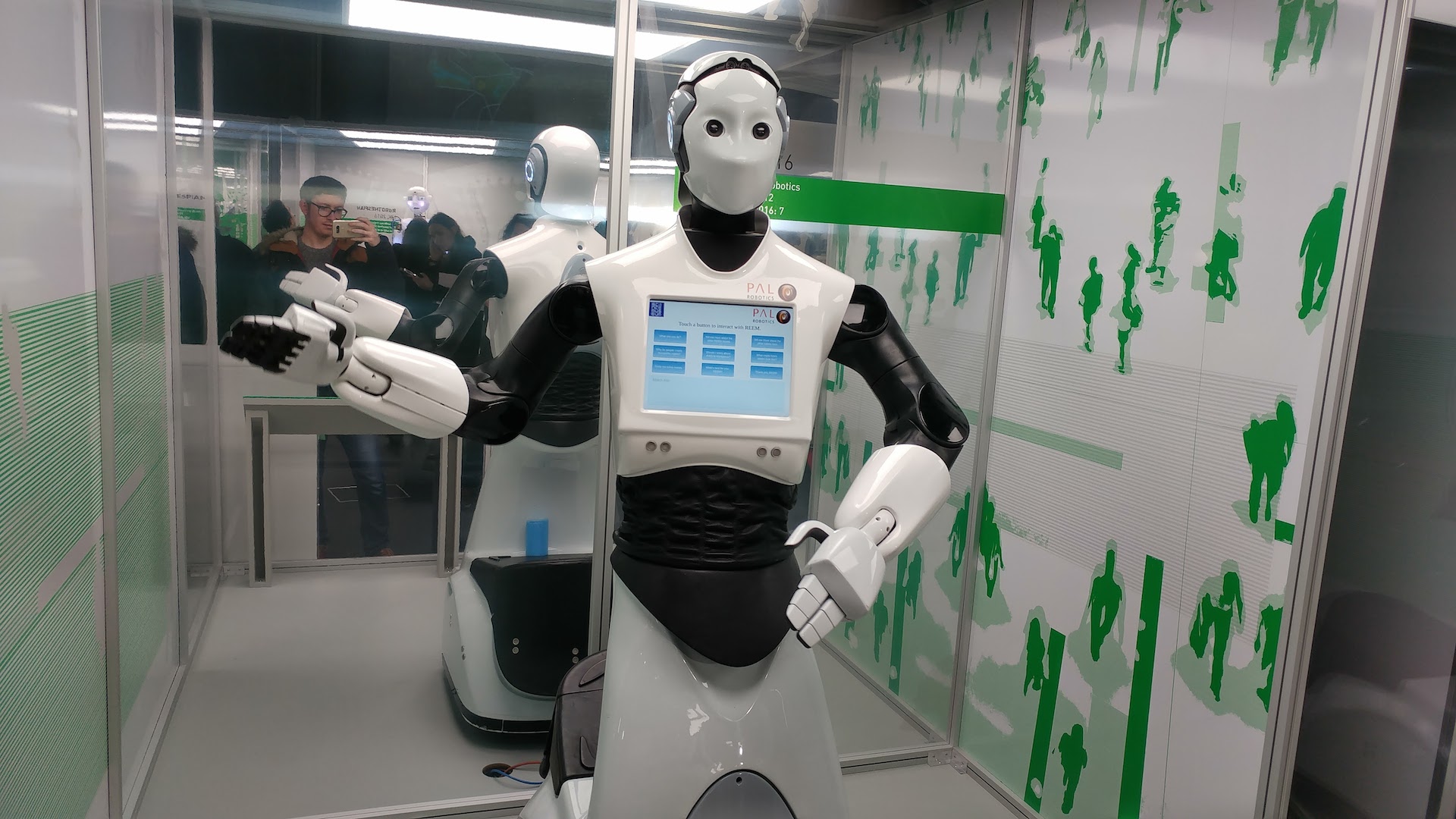
REEM
- Service robot
- PAL Robotics, Spain, 2016
The concierge of the future may come not with coattails and a top hat, but with a battery pack and a touchscreen. Spanish robot REEM is one such “service robot,” intended for exhibition spaces, events and promotions. It can be programmed to offer directions, greet guests or act as an emcee, and can move around, interacting with the public through questions and commands issued through its chest-mounted touchscreen.
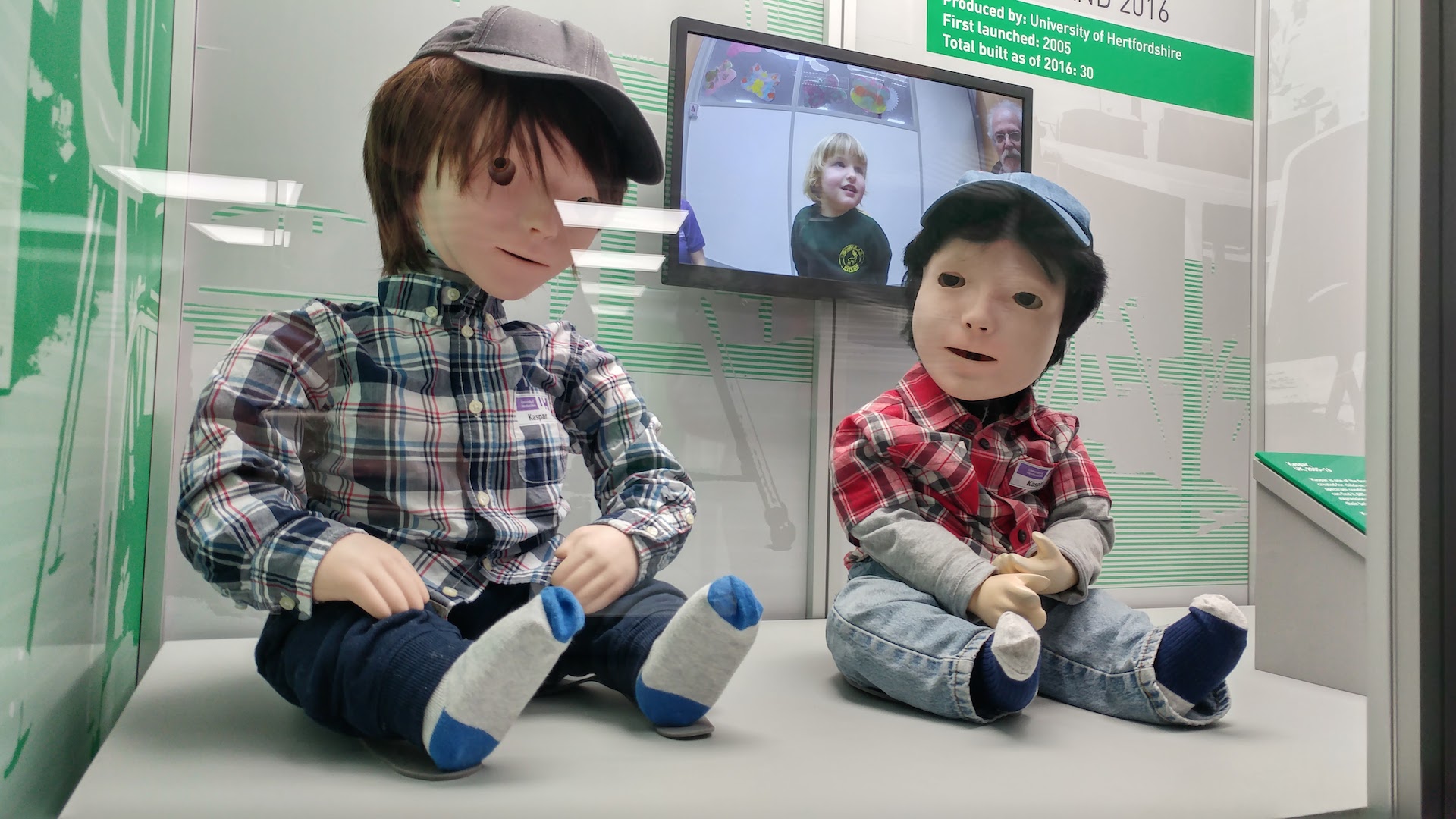
Kaspar
- Expressive social robot
- University of Hertfordshire, UK, 2015
OK, there’s no getting around the fact that, if you dress a robot up in a toddler’s clothing and give it eyes that look like wells of sadness in fresh-fallen snow, you’re going to creep people out. To the uninitiated, Kaspar’s look is very unnerving. But, like the Telenoid, Kaspar serves a unique and worthy purpose. It is designed to be used by children who have conditions related to autism, who often find it difficult to read their peer’s expressions and emotions. The minimal movements of Kaspar encourage children to with autism to explore new ways of communicating, with a relatively passive companion. It’s a confidence builder, a step towards having more meaningful interactions with fellow humans.
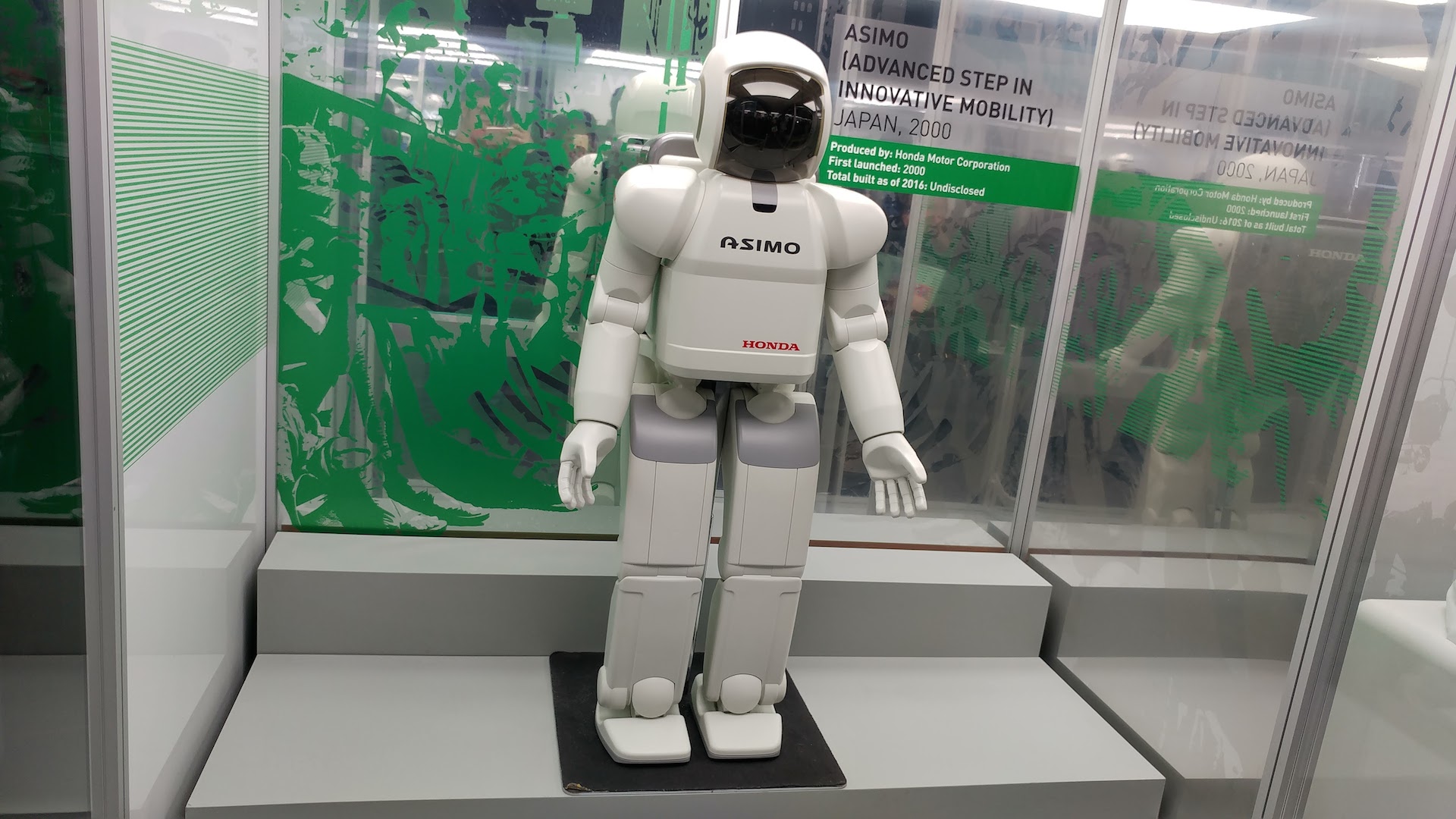
ASIMO
- Advanced mobility robot
- Honda Motor Co., Japan, 2000
Perhaps the most recognizable real-world robot in existence, ASIMO has been wowing crowds around the globe since first being shown off at the turn of the century. Sure, he’s had a few unfortunately-public tumbles, but Honda’s bot is an incredible showcase of the impressive feats robots are currently capable of. Moving with precisely applied agility, ASIMO is as close as we’ve come to the sci-fi vision of a robot companion – even if his social interactions aren’t quite as refined as his dexterous wave and silky strut.
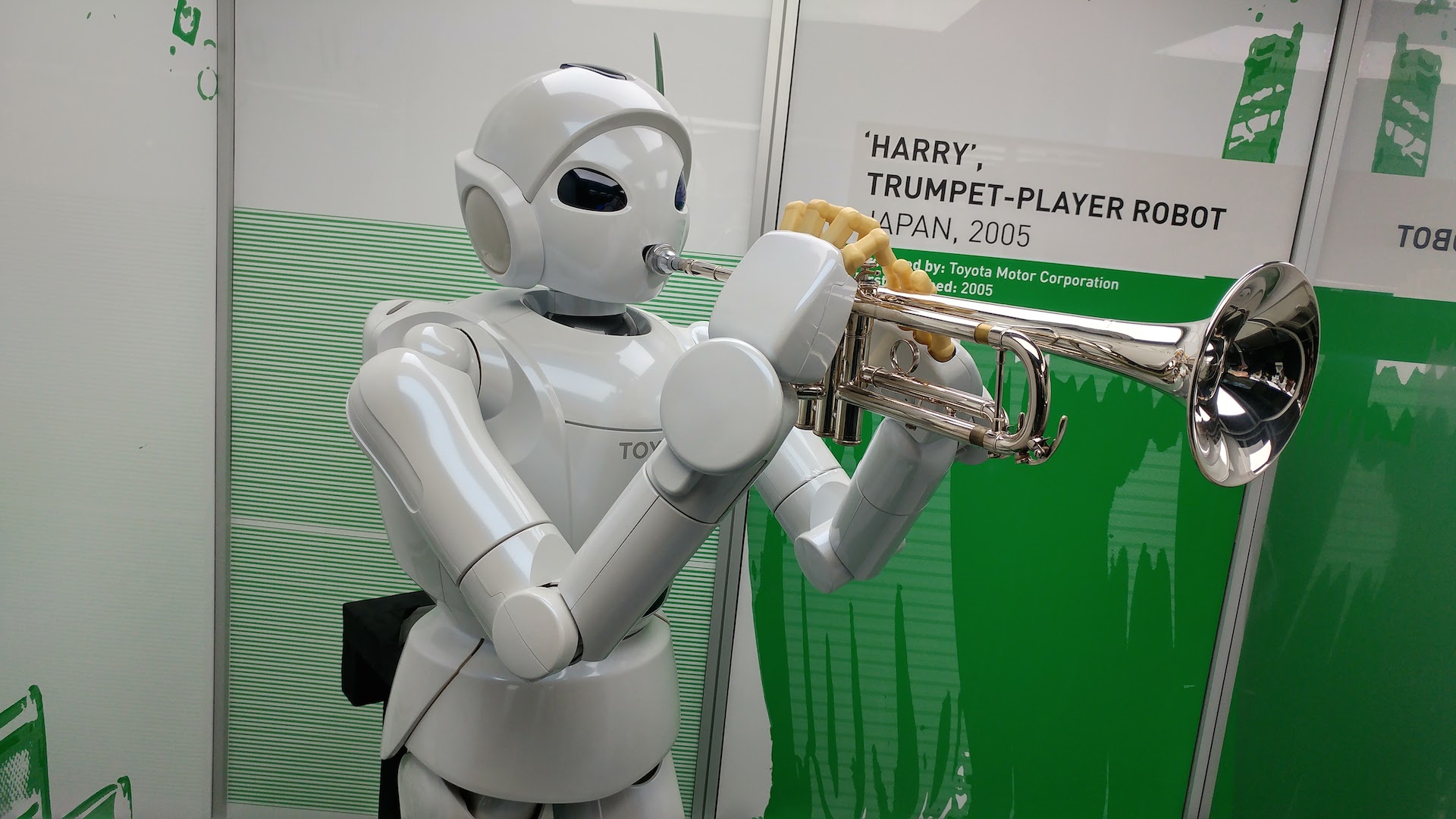
Harry
- Trumpet-playing robot
- Toyota Motor Co., Japan, 2005
If you’ve only got one job, you might as well do it well. Toyota’s Harry was built with one purpose in mind: to play the trumpet. And boy, can he toot that horn. Though it could easily cheat with some well-hidden speakers, Toyota’s robot authentically plays the trumpet, pushing compressed air through flexible lips, and hitting the valves for each note with a learned, methodical accuracy. While it may be a stretch in this case to claim Harry is going to “change the world,” it does show that, with some ingenuity, a robot can be manufactured to achieve almost anything. Plus, when the robot uprising does occur, Toyota will have produced the first member of the marching band that will lead our new mechanized overlords into battle.
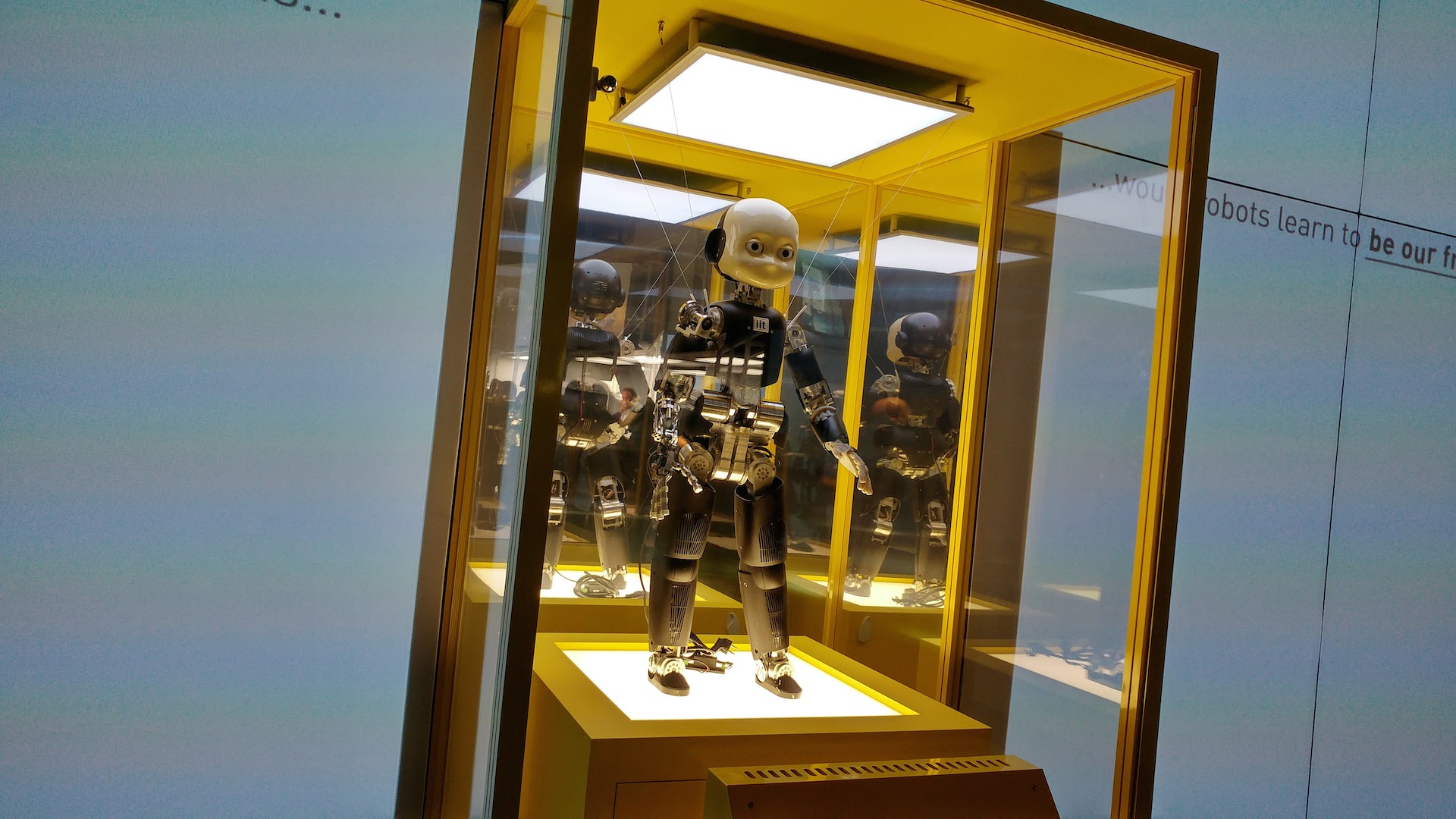
iCub
- Learning “toddler” robot
- Italian Institute of Technology, 2004
If we can teach robots how to perform tasks through artificial intelligence, can that in turn teach us about how our brain works, and how we, as infants, learn? That’s the concept behind the iCub. Designed to mimic the behaviors of a toddler, the chirpy robot has sensors in its hands and joints, as well as a synthetic “skin” that is sensitive to touch. Using these sensors, the iCub is able to interact with the world in much the same way a small human child does, learning about the world around it through its simulated senses and the world around it, and helping researchers to better understand how both humans and their future robot counterparts will learn and collaborate.
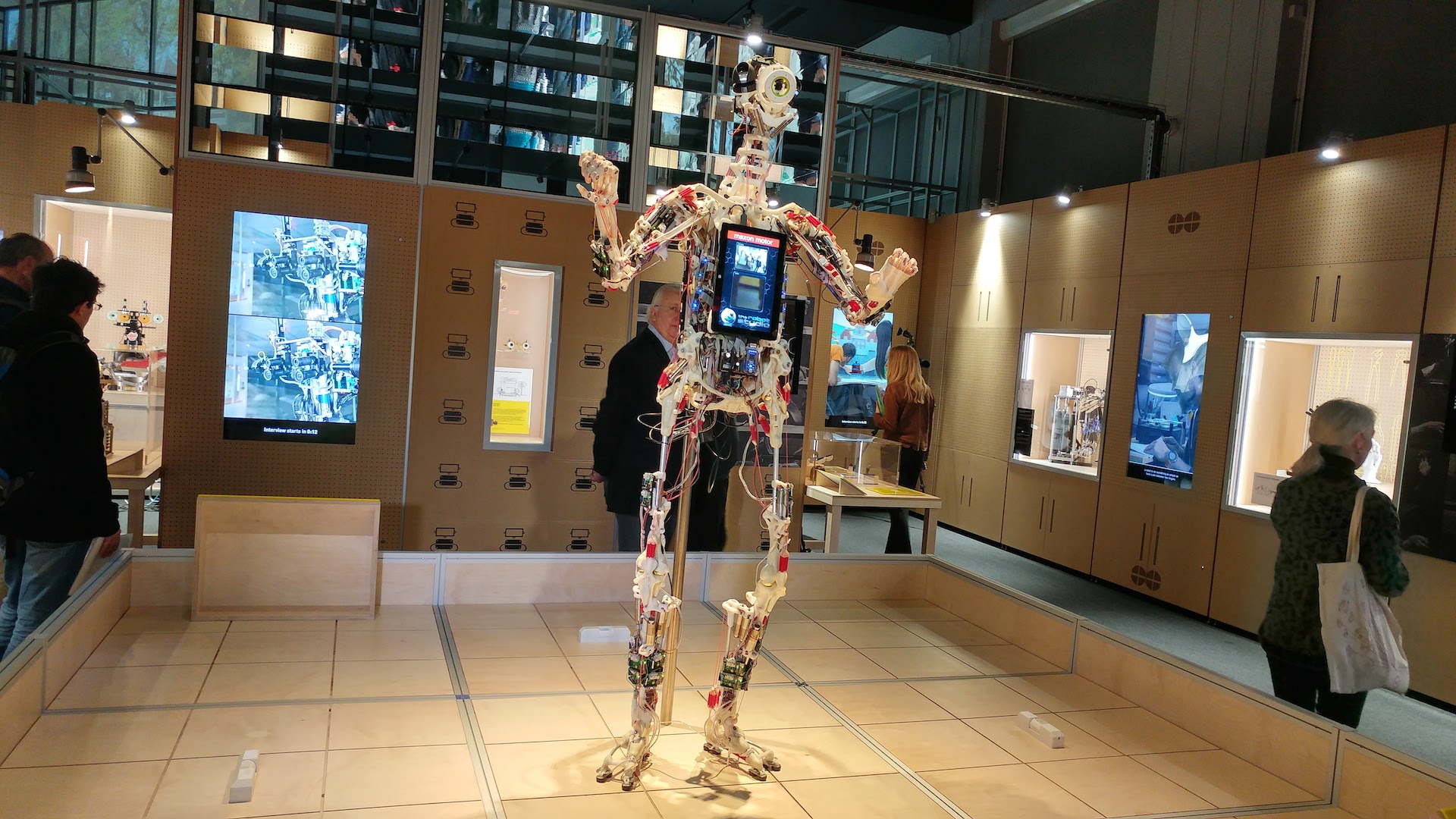
ROSA
- Open source android
- Rob Knight, France, 2010
Rob’s Open Source Android (or ROSA, for short) is like the DIY version of Honda’s ASIMO. Part of Rob Knight’s Ecce project, which features multiple robots designed to mimic human physiology, muscle and bone structure, it runs on open source software, letting a community of budding bot builders contribute Knight’s work. The ROSA bot makes use of a plastic skeleton and tendon-like ropes and motors to offer life-like human movements, as well as tracking and following the faces of those in front of it.
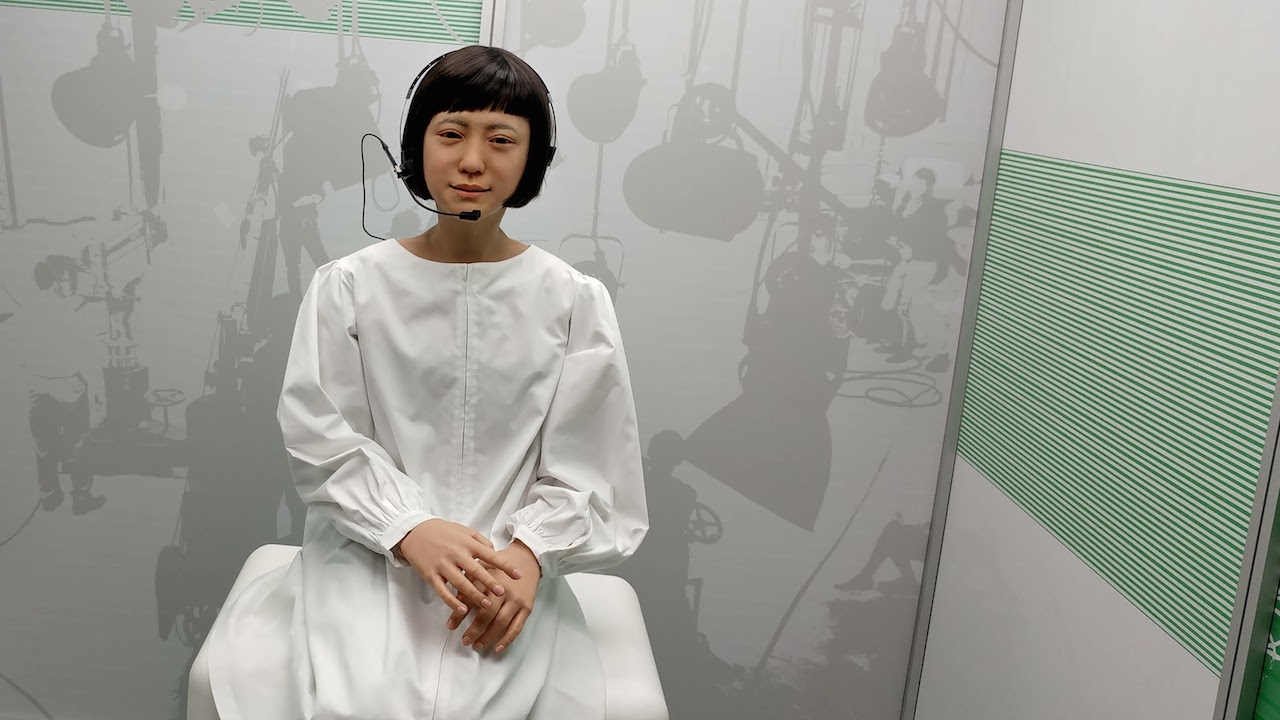
Kodomoroid
- Communication android
- Osaka University and ATR Laboratories, Japan, 2014
At first glance, you’d be forgiven for thinking that Kodomoroid was a young girl. But under that lifelike facade, Kodomoroid is as robotic as any other entry you’ve seen so far. One of the most realistic androids in the world, Kodomoroid acts as a newsreader, reading out the latest headlines and moving its features and body realistically in time with its enunciation of each word.

Gerald is Editor-in-Chief of iMore.com. Previously he was the Executive Editor for TechRadar, taking care of the site's home cinema, gaming, smart home, entertainment and audio output. He loves gaming, but don't expect him to play with you unless your console is hooked up to a 4K HDR screen and a 7.1 surround system. Before TechRadar, Gerald was Editor of Gizmodo UK. He is also the author of 'Get Technology: Upgrade Your Future', published by Aurum Press.